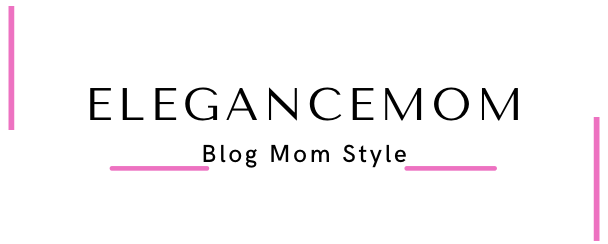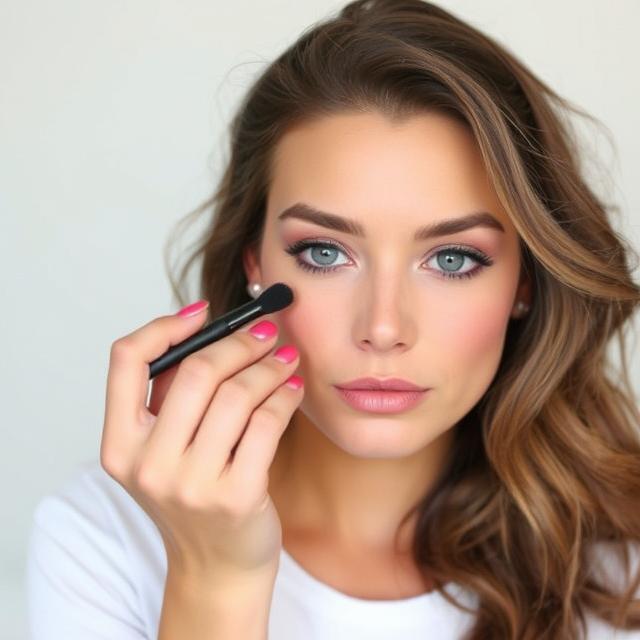Starting your journey into the world of makeup can feel overwhelming, but with the right techniques, anyone new to beauty can quickly gain confidence and create looks that enhance their natural features. Makeup is not just about appearance; it’s a form of self-expression and a way to boost your self-esteem. This collection of twelve easy makeup techniques is designed specifically for beginners who want to learn foundational skills without complicated steps or heavy product use. Each technique focuses on simplicity, practicality, and enhancing natural beauty rather than masking it. From mastering a flawless base to perfecting soft, wearable eye looks, these techniques help newcomers develop a versatile and polished makeup routine. By practicing these approachable methods, beginners can build their skills steadily and enjoy the creative process with less frustration. These easy techniques emphasize tools, product application tips, and subtle enhancements that are beginner-friendly yet effective. Whether you want to brighten your complexion, define your eyes, or add a touch of color, these makeup methods offer accessible ways to start and grow your beauty routine with confidence and ease.
1. Hydrating and Priming the Skin
The foundation of any good makeup look begins with properly preparing the skin. Hydrating your face with a lightweight moisturizer ensures your skin is smooth and supple, creating an ideal canvas for makeup application. After moisturizing, applying a primer helps blur imperfections, minimize pores, and extend the wear of your makeup throughout the day. For beginners, using a hydrating or illuminating primer can boost radiance without feeling heavy or greasy. This step helps makeup adhere evenly and prevents it from settling into fine lines or dry patches, which is crucial for a natural finish. Primer also balances skin texture, allowing foundation and other products to glide on smoothly and blend effortlessly. Taking the time to prep the skin enhances the overall look, making it appear polished and fresh. For new makeup users, mastering the art of skin hydration and priming sets the tone for all subsequent steps, ensuring makeup looks flawless and lasts longer with minimal touch-ups needed.
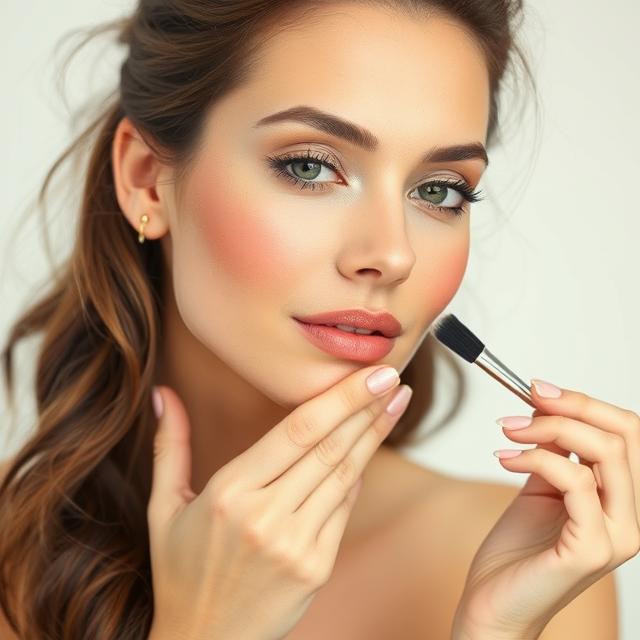
2. Using a Lightweight Foundation or Tinted Moisturizer
Choosing the right base product is essential for beginners aiming for a natural and effortless look. Lightweight foundations or tinted moisturizers provide coverage that evens out skin tone without feeling heavy or cakey. They are easier to blend and less intimidating for those new to makeup compared to full-coverage formulas. Applying these products with clean fingers or a damp beauty sponge helps achieve a sheer, skin-like finish while allowing the natural texture to shine through. This approach enhances your complexion subtly, perfect for daily wear or casual occasions. Starting with light coverage also reduces the risk of mistakes, such as streaking or over-applying, which can happen with thicker formulas. Blending carefully around the jawline, hairline, and nose ensures a seamless look without harsh lines. For beginners, learning to work with a lightweight base product builds confidence and creates a smooth canvas for other makeup elements like blush, bronzer, or highlighter.
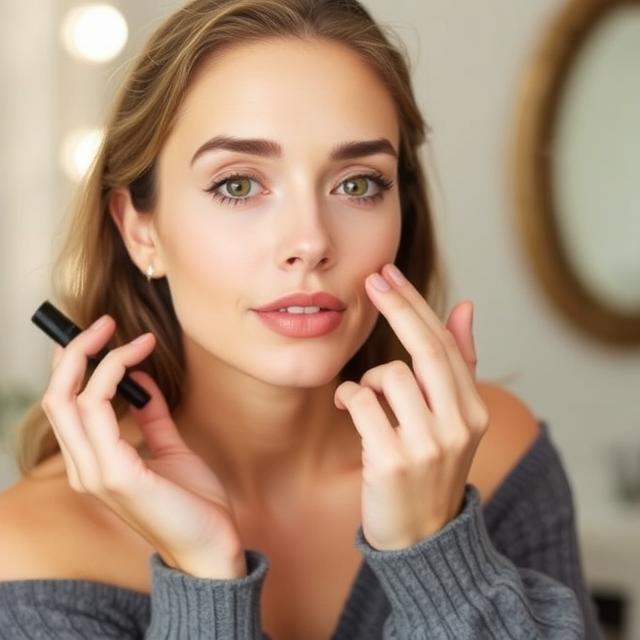
3. Concealing with a Light Hand
Concealer is a powerful tool that beginners can use to brighten and perfect specific areas without overdoing it. Applying concealer with a light hand allows you to target under-eye darkness, blemishes, or redness while keeping the look natural and fresh. Instead of layering thick amounts, gently patting small dots of concealer onto problem spots and blending with a fingertip or a small brush helps avoid a cakey finish. Choosing a concealer shade slightly lighter than your foundation brightens the under-eye area, giving a lifted, awake appearance. For blemishes, match the concealer closely to your skin tone for seamless coverage. Beginners should focus on blending edges well to prevent harsh lines and maintain a smooth transition between products. Using minimal concealer ensures the skin still looks like skin, enhancing beauty rather than masking it. This simple technique builds foundational skills for more complex makeup applications and is essential for creating a polished everyday look.
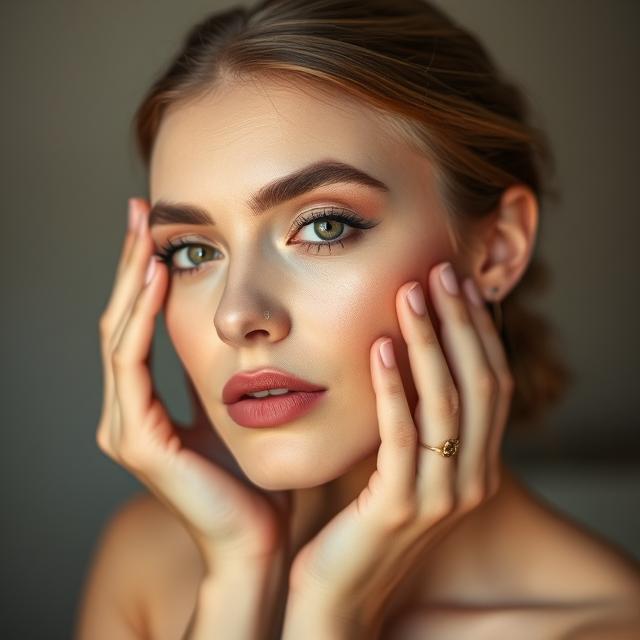
4. Defining Brows Naturally
Well-groomed eyebrows frame the face and enhance expressions, making natural-looking brow definition a beginner-friendly makeup technique. Using a brow pencil or powder in a shade close to your natural hair color, softly fill in sparse areas with light, feathery strokes to mimic real hairs. Avoid harsh lines or overfilling, which can make brows look unnatural or heavy. Setting brows with a clear or tinted brow gel helps hold hairs in place and adds subtle texture, completing the look. For beginners, focusing on enhancing the natural shape rather than creating dramatic arches or angles builds confidence and produces flattering results. Properly defined brows lift the eyes and add structure to the face, balancing makeup looks with ease. This simple step takes only a few minutes and dramatically improves the overall polished appearance, making it a must-learn technique for anyone new to beauty.
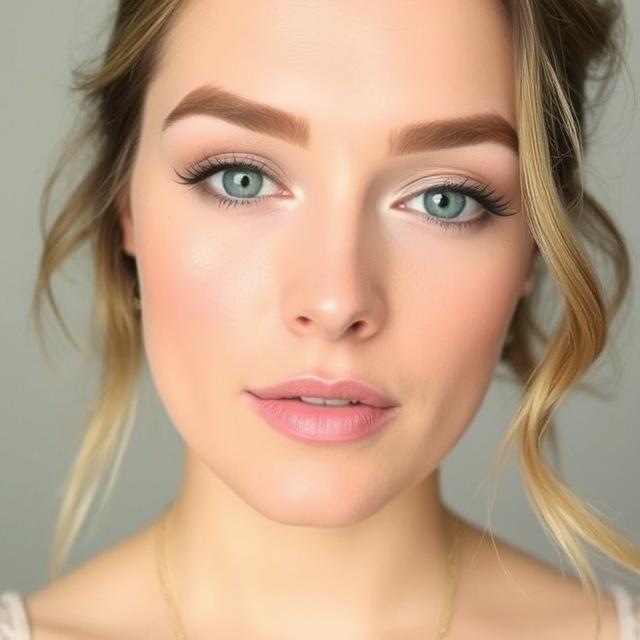
5. Soft Eyeshadow Application
Soft eyeshadow application is an approachable technique that beginners can use to add depth and dimension to their eyes without overwhelming their features. Choosing neutral, matte shades like taupe, beige, or soft brown provides subtle contouring and enhances eye shape naturally. Using a fluffy blending brush, apply a light shade all over the lid, then add a slightly darker shade to the crease to create gentle definition. Blending well ensures there are no harsh lines, resulting in a seamless gradient that looks polished but effortless. Avoiding overly shimmery or dark shades reduces the risk of a heavy or dramatic effect, which might feel intimidating for new users. This technique can be customized by adjusting colors to suit eye color and skin tone, allowing beginners to experiment with minimal risk. Soft eyeshadow application adds sophistication to makeup routines and can be combined with simple eyeliner or mascara for a complete look that enhances natural beauty.
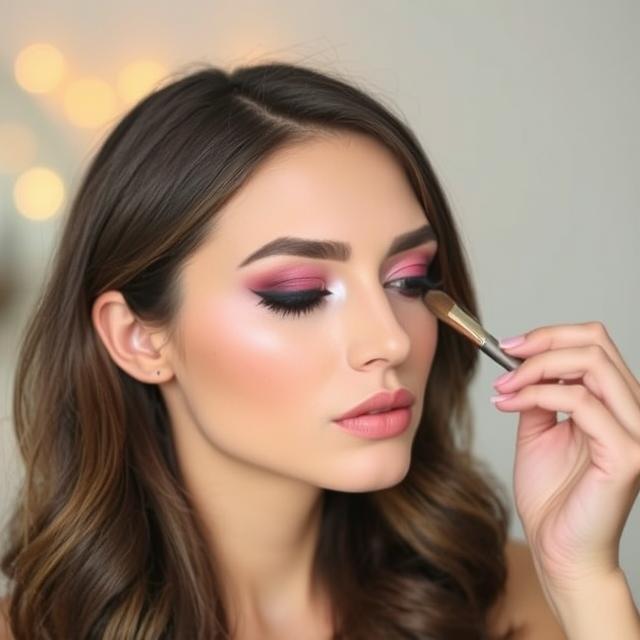
6. Simple Eyeliner Techniques
For those new to eyeliner, starting with soft, smudged lines instead of sharp, precise ones can build comfort and skill gradually. Using a pencil eyeliner, lightly line the upper lash line close to the roots of your lashes, then gently smudge with a smudging brush or fingertip to create a softer, more natural effect. This approach enhances the eyes without the pressure of perfect precision. Beginners can focus on small sections at a time, building intensity gradually if desired. Using brown or charcoal shades instead of harsh black offers a gentler, more approachable look that complements most skin tones. Avoiding heavy lines or wings at first helps ease nerves and prevents mistakes. Once comfortable, users can experiment with tighter, cleaner lines or add subtle winged tips. This easy and forgiving eyeliner method gives new makeup enthusiasts a way to define their eyes while building confidence in product application and control.
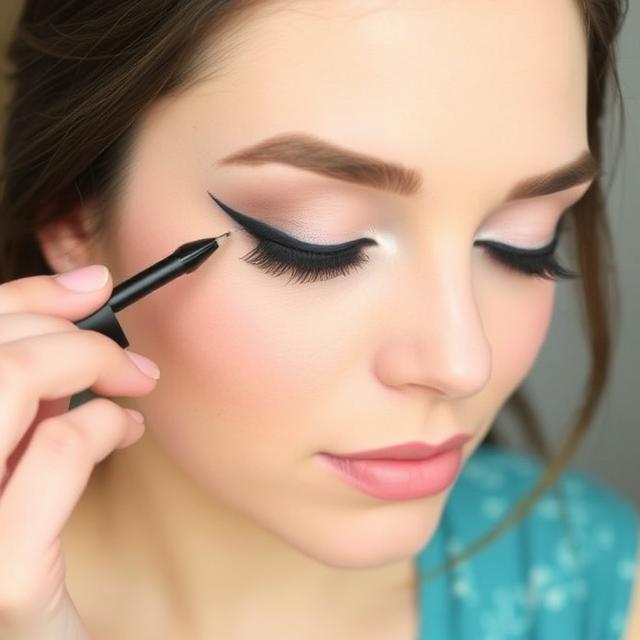
7. Curling Lashes and Applying Mascara
Curling eyelashes opens up the eyes and creates a lifted, youthful appearance, making it an essential technique for beginners. Using a quality eyelash curler, gently clamp lashes near the roots, holding for a few seconds without tugging to avoid discomfort or lash damage. After curling, applying mascara enhances length and volume, bringing more focus to the eyes. Beginners should start with a lengthening or volumizing mascara formula that’s easy to control and avoid clumping. Applying mascara in a zigzag motion from roots to tips separates lashes and builds coverage evenly. Two coats are usually sufficient for a natural look. Removing excess product from the wand before application helps prevent overloading. Mascara brightens the eyes and complements eyeliner and eyeshadow, completing eye makeup effortlessly. Mastering lash curling and mascara application gives beginners a quick and effective way to enhance their eyes, boosting overall makeup confidence.
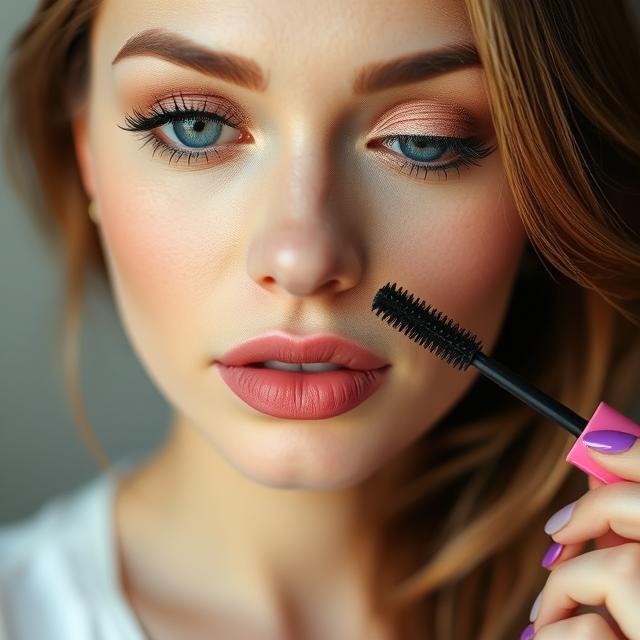
8. Applying Blush for a Natural Flush
Adding a soft flush of color with blush brings warmth and vitality to the complexion, making it an important technique for beginners to master. Using a fluffy blush brush, lightly pick up a small amount of product and tap off excess to avoid over-application. Smile gently to locate the apples of your cheeks, then apply blush with sweeping motions toward the temples, blending well to avoid harsh lines. Choosing a shade close to your natural flush, such as soft pinks, peaches, or warm corals, ensures a natural look that complements most skin tones. Blush should enhance your complexion without looking painted on. Beginners should build color gradually, layering lightly to achieve the desired intensity. Proper blush application adds dimension and a healthy glow, balancing makeup looks while keeping the finish fresh and youthful. This simple technique can dramatically improve overall appearance and confidence in makeup skills.
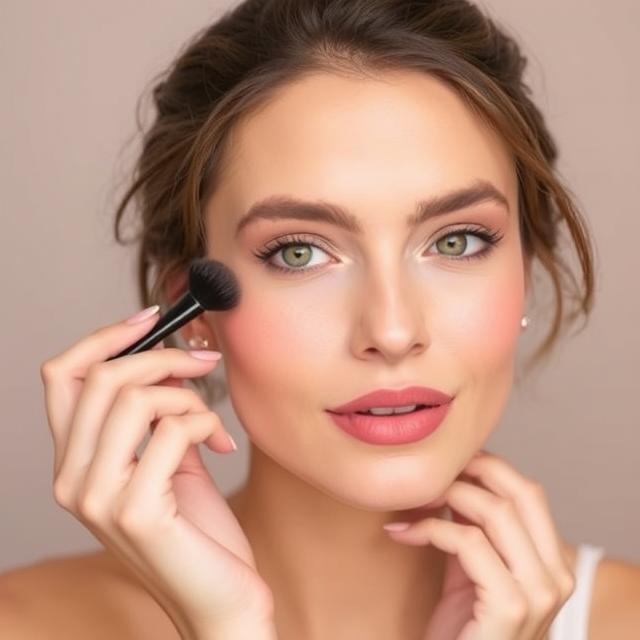
9. Highlighting Key Features
Highlighting is a technique that adds subtle luminosity to the high points of the face, creating a radiant and lifted effect that beginners can easily incorporate into their routine. Using a light-reflecting product like a cream or powder highlighter, apply it sparingly to areas where light naturally hits—such as the tops of cheekbones, brow bones, the bridge of the nose, and the cupid’s bow. Blending well with fingertips or a small brush ensures a seamless glow without harsh edges or excessive shimmer. Highlighting enhances facial structure and gives skin a healthy, dewy finish without looking oily. For beginners, choosing a subtle highlighter shade that complements their skin tone prevents overdoing it and maintains a natural appearance. This technique works beautifully alongside blush and contour to create dimension and vitality in the complexion. Incorporating highlight into makeup routines elevates overall looks with minimal effort and maximum effect.
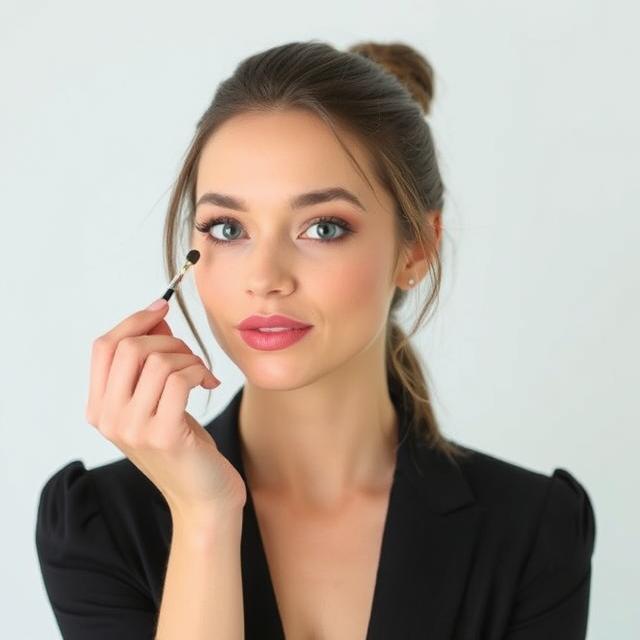
10. Neutral Lip Colors for Everyday Wear
Starting with neutral lip colors is a practical technique for beginners who want to add polish without feeling overwhelmed by bold shades. Shades like soft pinks, mauves, or nude tones complement a variety of skin tones and makeup styles, creating a cohesive, natural finish. Applying lip balm before color helps keep lips hydrated and smooth, making lipstick or tinted lip gloss glide on evenly. Using a lip brush or applying directly from the tube ensures precision without fuss. Neutral lip colors enhance lips without overpowering other makeup elements, making them perfect for everyday wear or casual occasions. Beginners can build confidence by experimenting with different neutral tones and finishes, such as satin, matte, or sheer, to find what suits them best. This approach encourages gradual exploration of lip color while maintaining a fresh, approachable look. Mastering neutral lip colors provides a foundation for future experimentation with more dramatic shades as skills develop.
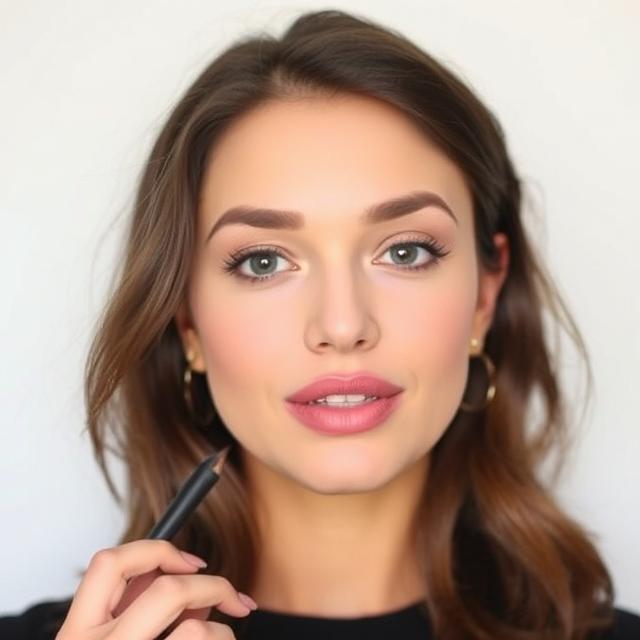
11. Setting Makeup with Lightweight Powder or Spray
To ensure makeup lasts throughout the day and maintains a fresh appearance, setting it with a lightweight powder or setting spray is a helpful technique for beginners. Using a translucent setting powder applied lightly with a fluffy brush mattifies the skin, controls shine, and locks foundation and concealer in place without adding heaviness. Alternatively, setting sprays refresh makeup and provide a natural finish while increasing longevity. Beginners should use these products sparingly to avoid a cakey or powdery effect. Choosing formulas suitable for their skin type, such as hydrating sprays for dry skin or mattifying powders for oily skin, enhances results. Setting makeup is the final step in creating a polished look that stays intact during daily activities and reduces the need for frequent touch-ups. Incorporating this technique into your routine boosts confidence in makeup durability and overall presentation, making it a valuable skill for new users.

12. Blending, Blending, Blending
One of the most important and beginner-friendly makeup techniques is blending. No matter how good the products or colors used, poor blending can create harsh lines and an unnatural appearance. Using clean brushes, sponges, or fingertips, blending smooths transitions between foundation, blush, eyeshadow, and other products for a cohesive and flawless finish. Beginners should take their time to blend edges gently in circular or sweeping motions, ensuring that colors melt seamlessly into one another and the skin. Blending prevents patchiness and helps makeup appear effortless and polished. Practicing this technique improves all aspects of makeup application and enhances overall confidence. It also encourages patience and attention to detail, vital for progressing from beginner to more advanced looks. Ultimately, blending is the key to achieving a natural, radiant, and beautiful makeup finish that complements your unique features and elevates your style with simplicity.
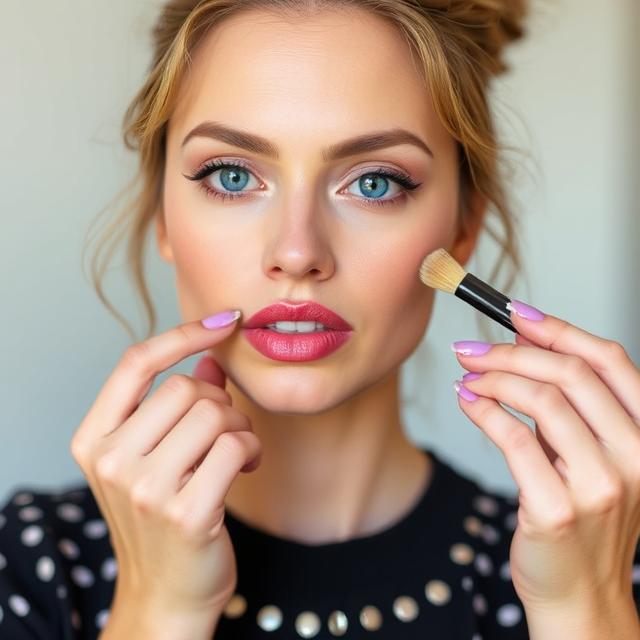
Makeup beginners can take heart knowing these twelve easy techniques provide a solid foundation for exploring beauty in an approachable and enjoyable way. By focusing on skin prep, natural enhancements, subtle color, and proper blending, newcomers build confidence and develop routines that fit their lifestyle and preferences. With practice, patience, and the right tools, makeup becomes a fun, creative outlet that highlights individuality and enhances natural beauty. These techniques ensure beginners experience success early on, encouraging continued growth and experimentation in their beauty journey.
